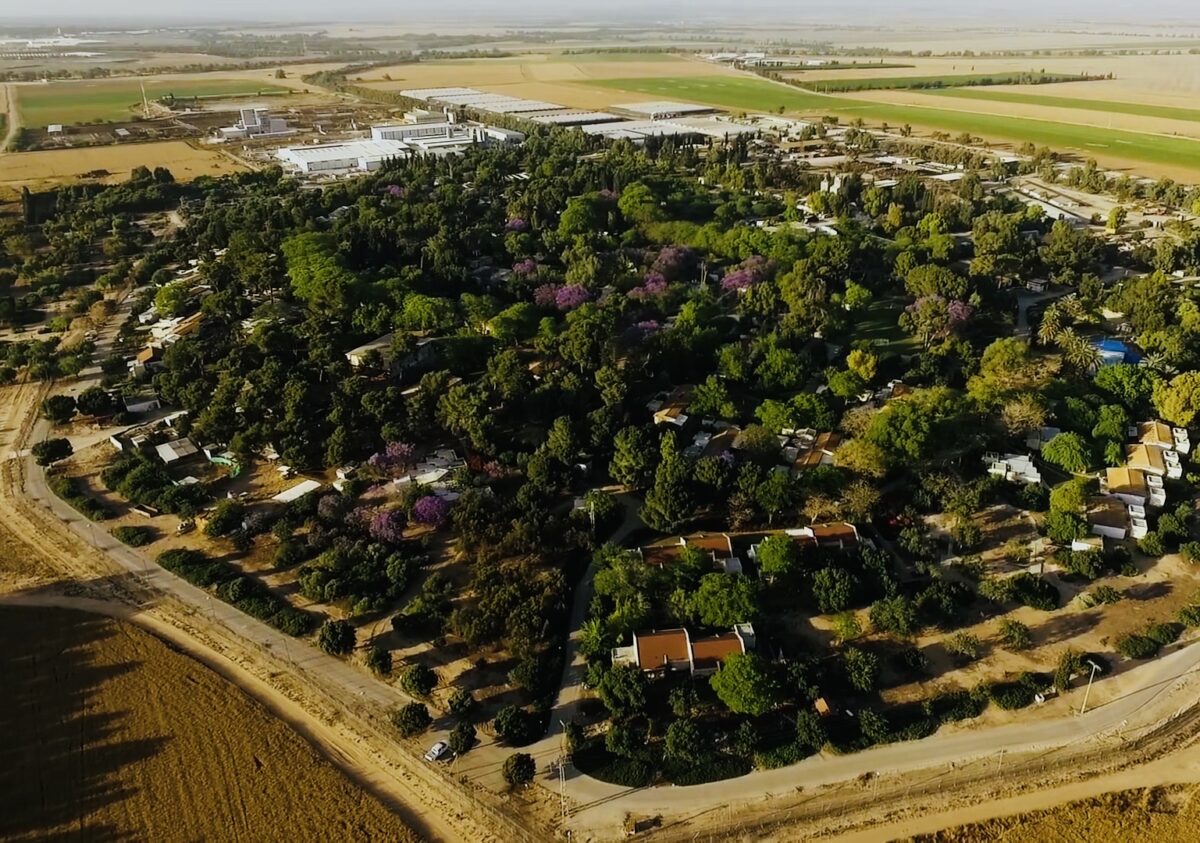Israel was irretrievably traumatized and changed by Hamas’ murderous rampage on October 7, 2023. Israelis are still grieving and taking stock, but in the meantime, they can look back in reflection. Times of War, a series of very short stand-alone documentaries by the Times of Israel about this unprecedented massacre, delves into that reflective process.
It is now available on the ChaiFlicks streaming platform.
The first of eleven episodes begins on an upbeat note. Within hours of the attacks in southern Israel, 300 to 400 volunteers were working in a spacious facility sorting out donated household goods to be distributed to survivors.
“We are one country,” says an unidentified man. “We are together, and we will win.”
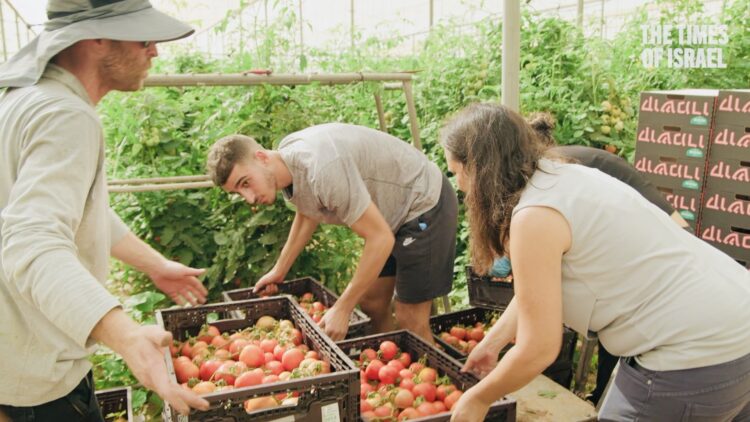
In the next episode, volunteers pick crops on farms near the Gaza Strip. Had they been left unharvested, they would have rotted. Field hands were suddenly in short supply because foreign workers, mainly from Thailand, rushed back home in droves after October 7.
“We need workers, a lot of workers,” says a desperate farmer, summarizing the plight of Israeli agriculture since then.
Episodes three and four zoom in on two kibbutzim close to Gaza, Nir Oz and Bee’ri, both of which were devastated by the attacks. One quarter of Nir Oz’s residents were killed and kidnapped, and 100 were killed and 25 abducted on Bee’ri.
A drone flies over both kibbutzim, photographing an eerie landscape of shattered and burned buildings, rubble and personal possessions scattered in charred homes and on lawns.
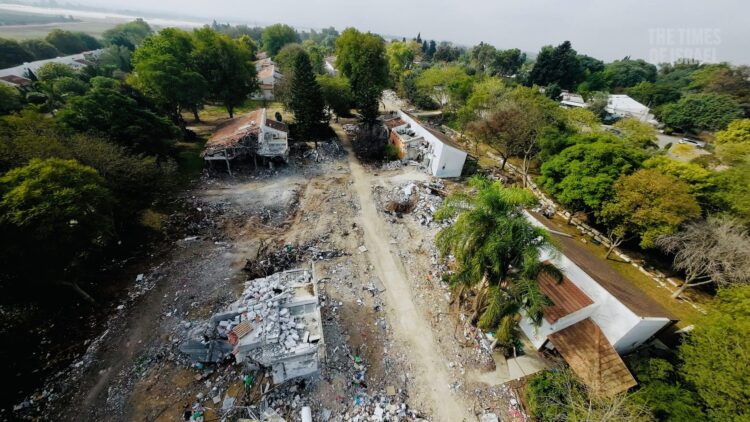
The segment on Nir Oz brings to light a few of the text messages that residents frantically exchanged after Hamas terrorists converged on its grounds: “How do you lock the safe room?” “They’re burning our house down.” “Help, help.” “Has the army arrived?”
One episode is devoted to Hirsh Goldberg-Polin, a dual Israeli-American who was kidnapped at a music festival where 364 people were brutally murdered. Protesters demand his release.
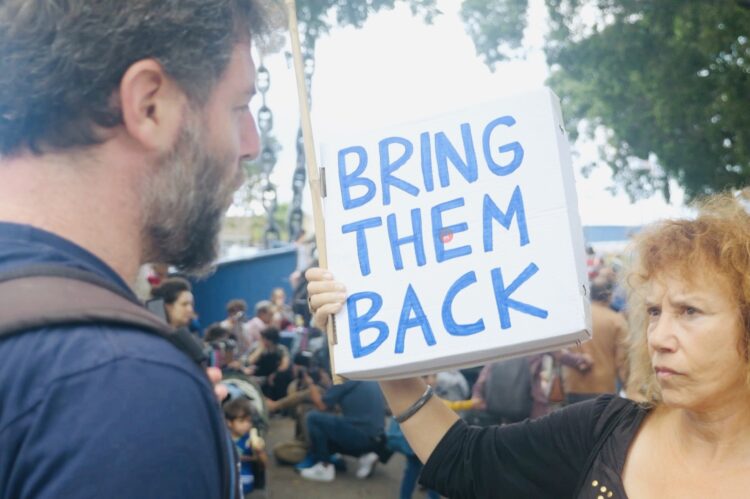
First responders from United Hatzalah ambulance units are profiled in another episode. One driver who collected upwards of 200 corpses from fields and cars is plainly upset. “I’m in hell here,” he muses. His colleague is just as shaken, disclosing she can barely sleep. “Yeah, we are in hell here,” she says.
On Kibbutz Alumim, where Thai and Nepalese workers were killed and kidnapped, volunteers milk cows. It is an important job. Unmilked dairy cows are likely to die.
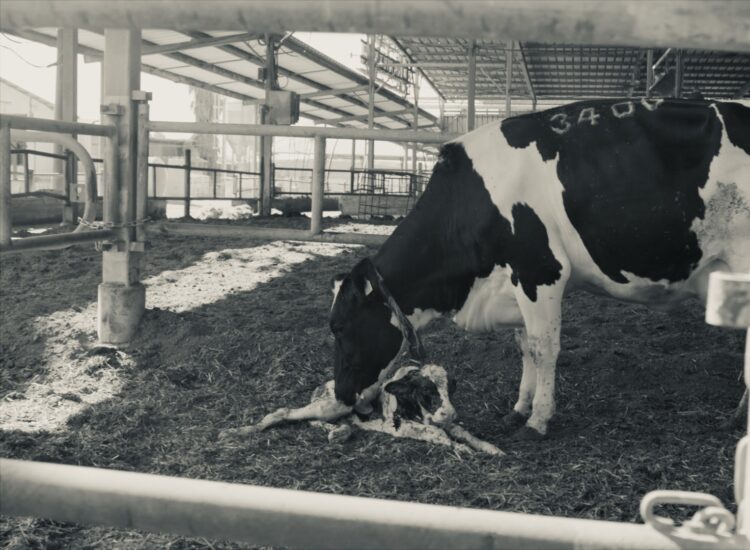
In the following two episodes, volunteers comb through the grounds of the music festival to find the personal possessions of the dead and the kidnapped, while wounded survivors are treated in a subterranean room and the parking lot of a hospital in Tel Aviv.
The tenth episode deals fleetingly with the plight of Israeli bedouin hostages and their families, particularly in the town of Rahat.
The final episode is about a group of Americans who left Israel by ship from the port of Haifa shortly after October 7.
These abbreviated documentaries provide a telling snapshot of a nation in shock and mourning, a first-hand impression of what happened on that dreadful day, and a vivid picture of how Israelis are coping with the greatest disaster in Israeli history.
